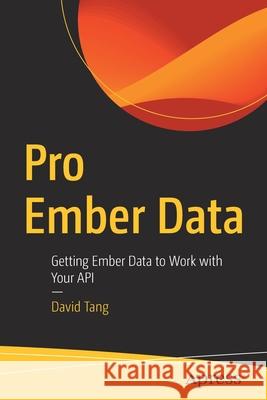Pro Ember Data: Getting Ember Data to Work with Your API » książka
topmenu
Pro Ember Data: Getting Ember Data to Work with Your API
ISBN-13: 9781484265604 / Angielski / Miękka / 2020 / 186 str.
Kategorie:
Kategorie BISAC:
Wydawca:
Apress
Język:
Angielski
ISBN-13:
9781484265604
Rok wydania:
2020
Ilość stron:
186
Waga:
0.30 kg
Wymiary:
23.39 x 15.6 x 1.12
Oprawa:
Miękka
Wolumenów:
01
Dodatkowe informacje:
Wydanie ilustrowane











